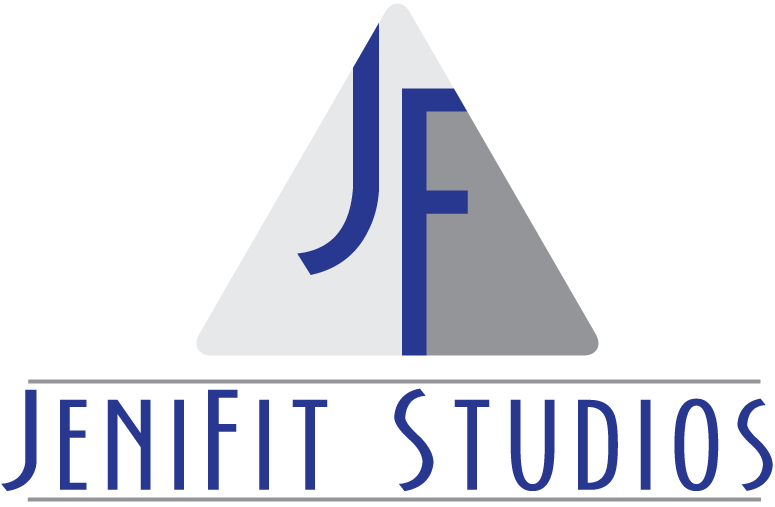How Strong is Your Exercise Program?
We have all experienced achesand pains and know that when we are hurting it’s a lot more difficult to carry out our activities of daily living. We have all huffed and puffed with exertion, forcing use to slow down or cease an activity. These are events that impact the quality of our lives.
There are certain things that we have some control over, and other things that we don’t.
Changes in our muscles and bones take place as we age- this is normal. In fact, musculoskeletal disease is the most prevalent self-reported medical condition for US adults. However, hurting and having trouble doing every day activities like getting up from a chair, climbing stairs, or keeping up with our children and grandchildren does not have to be accepted as normal, as there is something we can do to be proactive and regain some control. Exercise!
We know that muscle strength declines 15% per decade after the age of 50. This can lead to weight gain as lean muscle is replaced by fat, decreased mobility and increased risk of injury. We know that bone changes are normal with aging, leading to an increased risk for fracture. We know that changes in connective tissue are normal with aging, leading to decreased flexibility and mobility and increased risk of injury and pain. We know that the neuromuscular system declines with age effecting coordination. We also realize that the heart is a muscle too and know that there are normal declines in heart function with aging.
How can we be proactive and positively impact the outcomes of these normal changes that we can’t control? Exercise!
Strength training improves walking and balance, thus decreasing the risk of falls and functional limitations as we age. Strength training builds bone mass, decreasing the risk of fractures. Strength training is effective therapy for many chronic diseases such as Coronary Artery Disease, High Blood Pressure, Type 2 Diabetes, Obesity, Osteoporosis, Osteoarthritis and Chronic Obstructive Pulmonary Disease.
When deciding upon a strength training exercise program it’s important to consider several factors. Mode – what’s going to keep you engaged and interested? Variety is good. Intensity – is your program hard enough to build sufficient strength and power, thus improving your function? Remember, if it doesn’t challenge you, it doesn’t change you. Duration-are you taking your goals into consideration? For strength you need heavier weights and less reps, for endurance you need lighter weights with more reps and for power you need heavier weight, less reps and quick movements. Frequency- studies show that sustained activity improves performance in functional activities. The ACSM recommends 20-60 min of continuous exercise, and at least 30 min of moderate intensity exercise most/all days of the week. Consider alternating days between upper and lower body workouts. Progression- you must increase the weight as your strength increases to get thebest results.
We cannot control normal aging- but we can impact our strength, power and endurance and our bodies response to normal aging. Exercise is key!
By Mindy Goldberger
Physical Therapist
